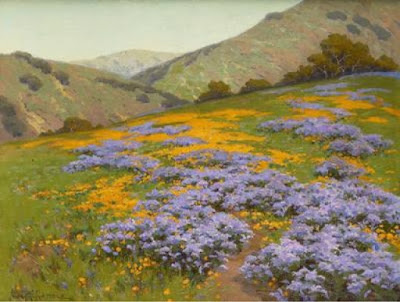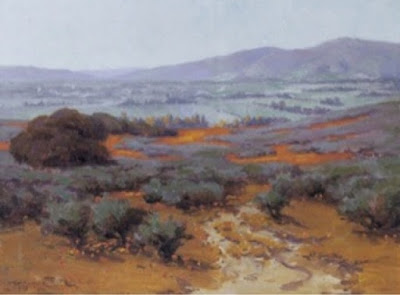 |
| Ann Lofquist |
 |
| Ann Lofquist |
 |
| Ann Lofquist |
 |
| Ann Lofquist |
 |
| Ann Lofquist |
 |
| Ann Lofquist |
 |
| Ann Lofquist |
Ann Lofquist (b.1964) is a painter whose landscapes resonate with a strong sense of place. Her intimate views capture transitory moments in time such as twilight, dusk, and dawn. Human yearnings and philosophical queries into our relationship with nature are all expressed through her exquisite rendition of form and light.
Like her historical predecessors in the French Barbizon School and the 19th-century American painter George Inness, Lofquist shares in the romantic search for meaning through an intimate and nuanced portrayal of nature’s changing light and mood. By continually revisiting the same sites and drawing new subtleties from her motif, Lofquist’s paintings speak to the transcendental experience of nature, its inherent spirituality, and to the importance of maintaining harmony between the natural and manmade worlds. Human presence, subtly included in all Lofquist’s work, is kept to a minimum in order to prevent the intrusion of any specific psychology.
Despite their calm and objective presence, Lofquist’s paintings are imbued with a sense of the sublime that is as much a function of her artistic imagination and memory as it is of external reality. She paints directly from the subject on small wooden panels in short, single sessions, then returns to her studio and uses these small sketches as source material for large studio paintings that take months to complete and often deviate from the original scene considerably.
Ann Lofquist received her Master of Fine Arts degree from Indiana University in 1990. From 1990 to 1996, she was an assistant professor of art at Bowdoin College, Brunswick, Maine. She has had numerous solo exhibitions in New York and New England, and has shown at Hackett-Freedman, San Francisco; Spanierman Gallery, New York; Tatistcheff Gallery, New York; Winfield Gallery, Carmel, California; and Gross/McLeaf Gallery, Philadelphia, Pennsylvania. She has been the recipient of several fellowships and awards, and was included in The Artist and the American Landscape, by John Driscoll (1998). She currently resides in Ventura County, California.
























































